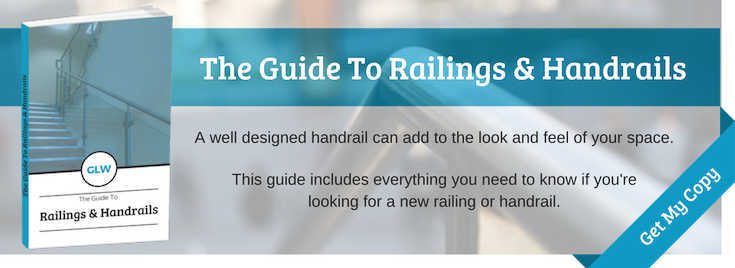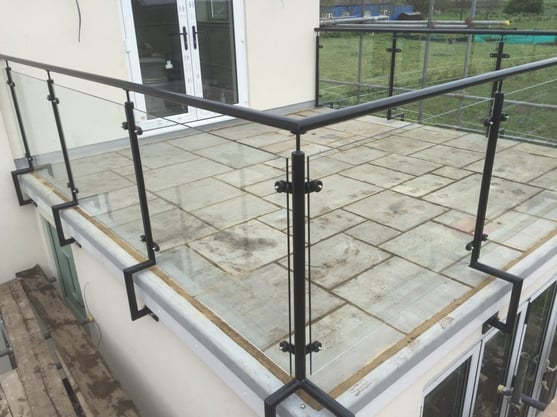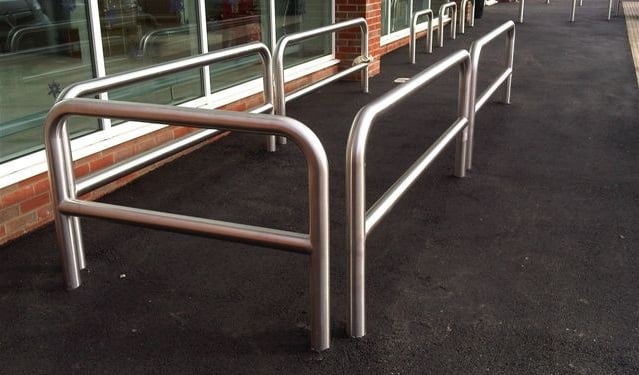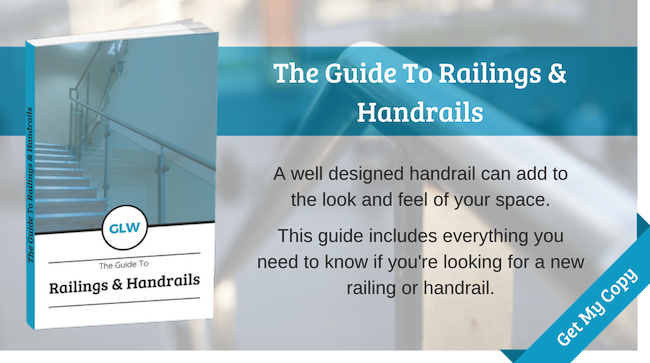Types Of Railings & Handrails
Railings: come in a multitude of applications, styles and sizes. Theycan serve as a simple decoration or act as security barriers to preventunauthorised access. Railings can also take the form of safety aids,such as guardrails on balconies.
Infills: increasingly, safety glass is used as infill panels and in somecases, structural glass forms the barrier itself. Other popular optionsinclude horizontal mid-rails, vertical rails, stainless-steel tension wiresor perforated panels.
Handrails: invariably an aid to assist ascending and descending astairway, ramp or walkway. They can be stairway handrails, circularhandrails, straight handrails or combinations in a run. They can beattached to a wall or embedded in the ground as a freestanding aid.
Materials: The most common metals used for railings and handrails are:
- Stainless Steel
- Mild steel
- Galvanised steel
- Aluminium
- Brass
Popular finishes are typically stainless-steel, powder-coated, or galvanised.
The Fabrication Process
It takes a high level of skill to consistently fabricate high-quality handrailsand railings. Our project engineer will carefully review the technicaldrawings and ensure that all standards and guidance are being met.
The majority of railings and handrail orders require tubular steel of onetype or another - typically 40mm or 50mm, which offers high tensilestrength and load-bearing characteristics.
The appropriate lengths of material are drawn from stock and thefabrication process begins with measuring off the lengths required forcutting. A typical production process runs as follows:
- Marking and measurement
- Straightening if required
- Cutting the required lengths
- Punching
- Bending for angled sections
- Stamping
- Notching
- Welding of vertical or horizontal mid barsIf required – galvanisation in our in-house facility
- Assembly of sections
- If required – powder-coating in our in-house facility
- If we are installing:
- Transport to site
- Installation in-situ
Care and Maintenance
Generally speaking, stainless-steel fixtures require no maintenanceother than a simple wipe down with soapy water and buffing with a drycloth. Galvanised finishes don’t require even this, and will keep theirshape without rusting, breaking, bending or warping. Powder-coatedsurfaces should be wiped down with a non-abrasive mild domesticcleaning product. Where the powder coating has been abraded, it canbe repaired using aerosol paints.
This is the area of building regulations that deals specifically withhandrails, as part of “Handrails for stairs”. It specifies requirements forsingle-family dwellings and other buildings. For example, the top of thehandrail must be 900mm to 1000mm from the pitch line or floor; and forstairs more than 1000m wide, a handrail on both sides is mandatory.
Part M deals with providing ease of access to buildings and movementwithin them. Disabled access and facilities are specifically addressed.Handrail requirements are specified; for example, that handrails shouldvisually contrast with the background so that they are easy to see.
Leave It To Us
You may either supply detailed drawings and specifications regardingpositioning and dimensions of the handrails, or assign the entireresponsibility to us secure in the knowledge that we deliver fullycompliant handrail installations.
Why Choose GLW Engineering & Construction?
Since 1992 we have been growing steadily and we are proud to be reliable,dependable, and focused on customer satisfaction.
Customer Satisfaction Guaranteed
Over the years, we have developed several in-house metal treatmentssuch as hot zinc galvanising, shot blasting and powder-coating. Thatmeans no extra costs for you to transport structures to external specialists- and we also get the job done faster. We strive to understand ourcustomers’ requirements, offer creative advice and support, and quicklycomplete work to the highest standards. We use time-tested processesand fabrication techniques to guarantee the best result each time.
Architectural Steel Fabrication, Including Railings and Handrails
We can take your designs through fabrication and finishing to physicalinstallation. Our workshops are fully equipped for forming and welding,fabricating and polishing, shot blasting, soda blasting and powder-coating.
Highest CE Standards
You need to be confident that your steel fabricator implements the fullrange of applicable quality standards and regulations. That assurance iscritical to ensuring that everything you deliver for your client’s project iscompliant.
The ‘harmonised standards’ for CE marking that we adhere to are the EUtechnical regulations for steel:
- BS EN 1090-1 for fabricated structural steel.
- BS EN 15048-1 & BS EN 14399-1 for structural bolts.
- BS EN 10025-1 for steel plates.
- BS EN 10210-1 for hot finished hollow sections and BS EN 10219-1 forcold-form welded hollow sections.
The CPR requires a declaration of performance and CE marking for allstructural and weight-bearing steel fabrications. We go further anddemonstrate compliance with CE approval for all our fabricated steelcomponents, including railings and balustrades.
Experience & Expertise
We are proud of our wide range of steel fabrication experience and havea portfolio of images and testimonials. Our engineers are design andfabrication experts, highly qualified and experienced. We select our teamnot only as technical experts, but also for their friendly and professional approach to customer service.
We Provide Added ValueOur service includes design by state-of-the-art 3D CAD software for a much faster service. We are up-to-date in innovations and new developments in technology, and our customers benefit from this when working with us.
|
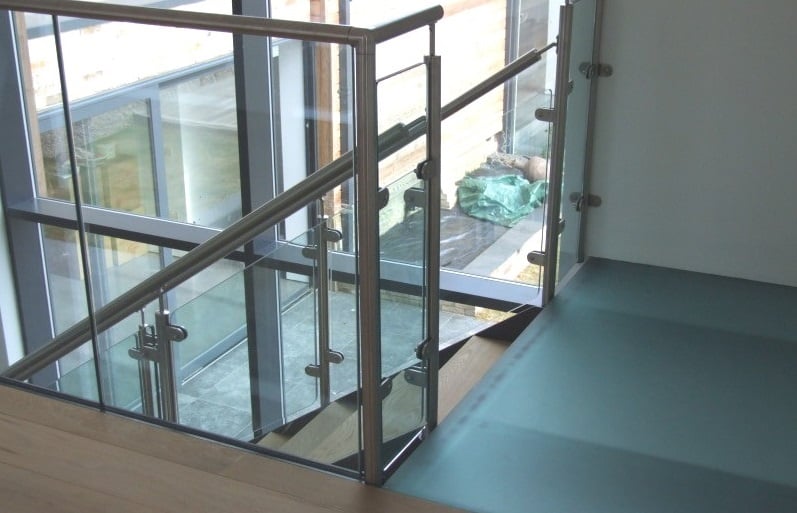 |

